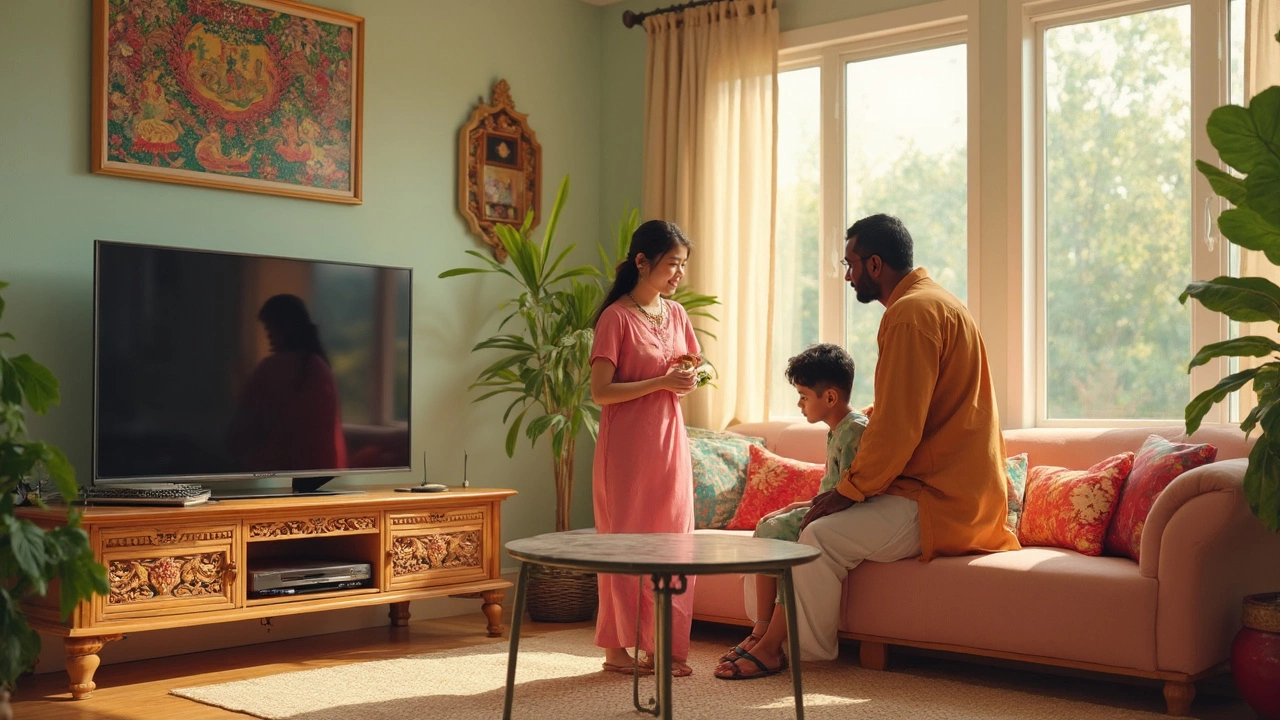Furniture Matching Made Simple: Pair Your Couch, Coffee Table & TV Stand
Ever stare at your living room and wonder why it feels off? Most of the time it’s not the size of the pieces but how they relate to each other. Matching furniture isn’t about copying every item; it’s about creating a visual flow that makes the space feel pulled together.
Pick the Right Color Palette
Start with a base color—usually the couch because it dominates the room. Choose a neutral tone like gray, beige, or navy for the sofa, then pull one or two accent colors from the cushions, throws, or artwork. Use those accents on the coffee table legs or the TV stand frame. For example, if your sofa has teal pillows, a coffee table with a brushed steel base (which reflects teal) will instantly click.
Don’t feel forced to match exact shades. A light wood table looks great next to a dark gray sofa as long as the wood’s undertone (warm or cool) matches the room’s vibe. Test swatches: place a fabric swatch next to the table leg and walk away for a few seconds. If it feels harmonious, you’re on the right track.
Balance Size and Shape
Scale matters more than exact dimensions. A bulky sectional needs a low-profile coffee table to keep the floor space open, while a sleek loveseat can handle a taller, sculptural table without feeling cramped. Measure the distance between the sofa back and the coffee table—ideally 18‑24 inches—so legs don’t clash and you can walk around comfortably.
Shape pairing is easier than you think. If your couch has clean, straight lines, a rectangular table reinforces that modern feel. Conversely, a rounded sofa invites a circular or oval table, softening the overall look. When it comes to the TV stand, match its silhouette to the dominant shape in the room. A rectangular stand works well with straight-arm sofas; a curvy stand can add interest if the rest of the room is more angular.
Materials also help tie everything together. If your coffee table is glass, consider a TV stand with glass doors or metal accents. If you love wood, pick a TV console that shares the same grain or finish. The idea isn’t to clone the material but to echo it, creating subtle connections that your eye picks up without trying.
One practical trick: use a single accessory to bridge three pieces. A decorative tray on the coffee table that matches the TV stand’s metal handle and the sofa’s pillow stitching pulls the trio together in one glance. This trio‑link method saves you from over‑matching while still delivering cohesion.
Finally, step back and view the room from different angles. Walk around the space, sit on the couch, and glance at the TV. If the eye moves smoothly from one piece to the next, you’ve nailed the match. If something feels jarring, tweak color, scale, or material until the flow feels natural.
Matching furniture doesn’t have to be a design nightmare. By focusing on a shared color palette, balanced scale, and complementary materials, you can turn any living room into a polished, inviting space. Try these quick steps on your next rearrange and watch how instantly the room comes together.
Does Your TV Stand Have to Match Your Coffee Table? Practical Style Advice
Ever wondered if your TV stand and coffee table really need to match? This article dives into the pros and cons of coordinating your living room furniture, and shares easy tips to help you decide what works best for your space and style. It covers everything from mixing materials and colors to common decorating mistakes. Whether you’re into classic looks or want to experiment with contrasting pieces, you’ll get straightforward ideas to make your living room feel put together—without the guesswork.





